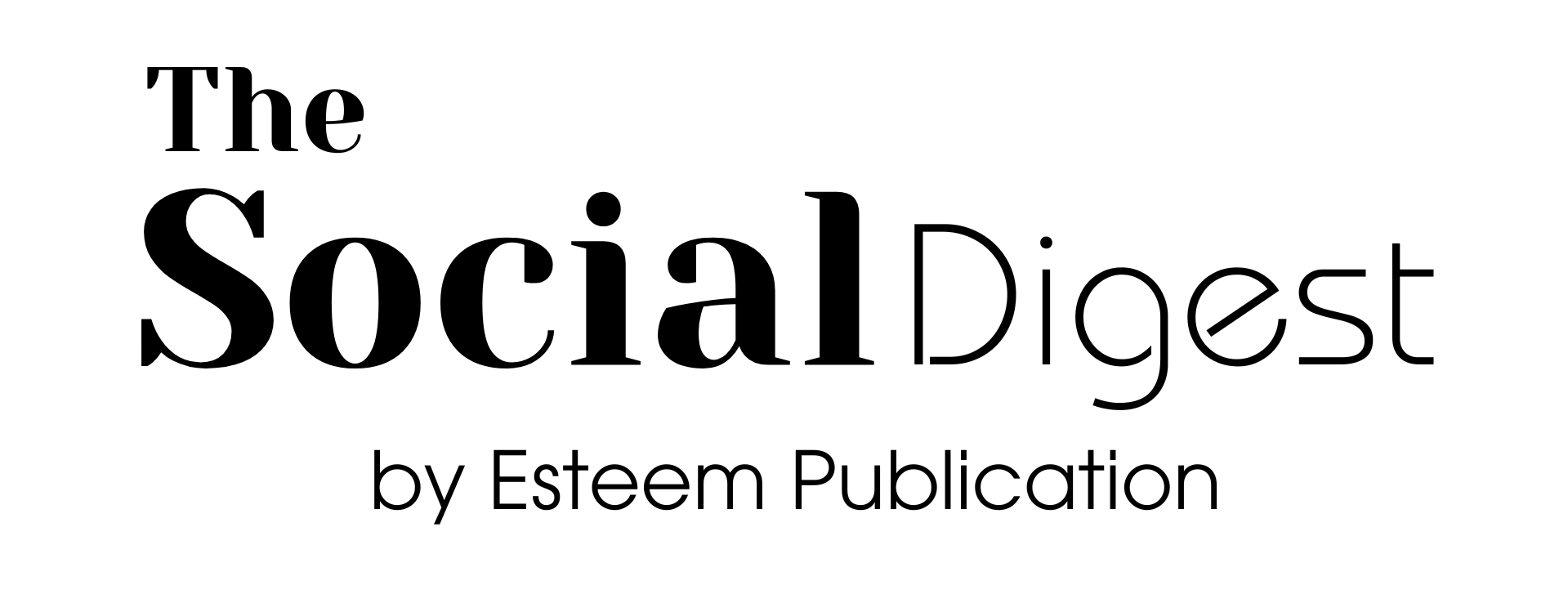In 2023, the European Union spent a staggering €4.6 trillion on social protection benefits, a key pillar of Europe’s welfare state that aims to provide financial security and social well-being for its citizens. These funds are spread across various benefits—ranging from pensions to health care, family support, and disability benefits—each addressing the different needs of society. However, beyond the raw numbers, understanding the breakdown of these expenses highlights important social trends and the varying priorities of EU member states in addressing social issues.

Nearly half of the EU’s total social protection expenditure in 2023 was directed toward old-age and survivors’ benefits, primarily composed of pensions. With populations aging rapidly in many EU countries, this area of expenditure has become one of the largest items in the budget, accounting for 46.9% of total social protection spending. As life expectancy continues to rise, the demand for pension systems and services that cater to the elderly will only increase, making this a central concern for European policymakers.
Health and sickness-related benefits took up the second-largest share, with 29.6% of the total expenditure. Health care systems across Europe are under increasing pressure, both from the ongoing demands of an aging population and from new challenges like the post-pandemic recovery and rising healthcare costs. These expenditures emphasize Europe’s commitment to universal health coverage, ensuring citizens’ access to medical care regardless of their income.
Other critical areas of social protection include family and children’s benefits (8.7%), disability benefits (7.1%), and unemployment benefits (3.9%). These figures reveal the EU’s recognition of social exclusion risks—where vulnerable groups like people with disabilities or those without stable employment need extra support to ensure they are not left behind.
One of the most significant trends observed in the EU’s social protection system is the split between cash payments and in-kind benefits. A large portion (64.7%) of social protection benefits in the EU were provided in the form of cash transfers, which can be either non-means-tested (available to all in a specific group) or means-tested (dependent on income levels). Of the cash benefits, 58.7% were non-means-tested, ensuring that benefits were universally accessible within defined groups, such as the elderly or those with disabilities. On the other hand, 6% of cash benefits were means-tested, targeting individuals in financial need.
In-kind benefits—such as public health services, housing assistance, and childcare—represented 35.3% of total spending. These benefits are often seen as essential services provided directly by the government, reducing the burden on individuals to pay out-of-pocket for essential needs. This type of benefit is crucial in addressing social inequalities, as it ensures that basic needs are met even for the most vulnerable members of society.
The distribution of cash versus in-kind benefits varies significantly across EU countries, reflecting differing social policies and priorities. For instance, countries like Italy (76.4%), Greece (75.9%), and Poland (71.4%) have the highest proportions of cash benefits in their social protection systems. This trend suggests a preference for direct financial support, which can give citizens more autonomy in meeting their individual needs.
Conversely, countries like Sweden (51.6%), Ireland (52.7%), and Malta (55.4%) rely more heavily on in-kind benefits. In these nations, services like healthcare and education are often provided by the state, ensuring that all citizens have access to essential services regardless of their financial situation. The social safety net in these countries is designed to guarantee equal access to resources, rather than offering cash payments and leaving individuals to navigate the complexities of social services on their own.
The way social protection benefits are distributed across the EU reveals not only financial priorities but also differing ideologies about how best to support citizens. The debate between cash and in-kind benefits is one that goes beyond economics—it taps into deep social values about equality, autonomy, and the role of government in people’s lives. Countries that emphasize cash payments often do so with the intention of offering individuals more flexibility and responsibility in managing their needs. On the other hand, nations that prioritize in-kind benefits often see them as a way to guarantee universal access to services that are seen as fundamental to societal well-being.
As Europe continues to face demographic shifts, economic challenges, and increasing inequality, the debate over the structure of social protection is likely to intensify. How much should be invested in direct financial support versus social services? How can these systems be made more sustainable in the face of growing social needs? These questions will be crucial in shaping the future of social protection in the EU.
In the end, the goal remains the same: to provide a robust safety net that helps all citizens, regardless of their economic status, lead dignified and secure lives. With the right balance of policies and support, the EU can continue to provide a model for welfare systems worldwide—one that both addresses immediate needs and anticipates future challenges.



